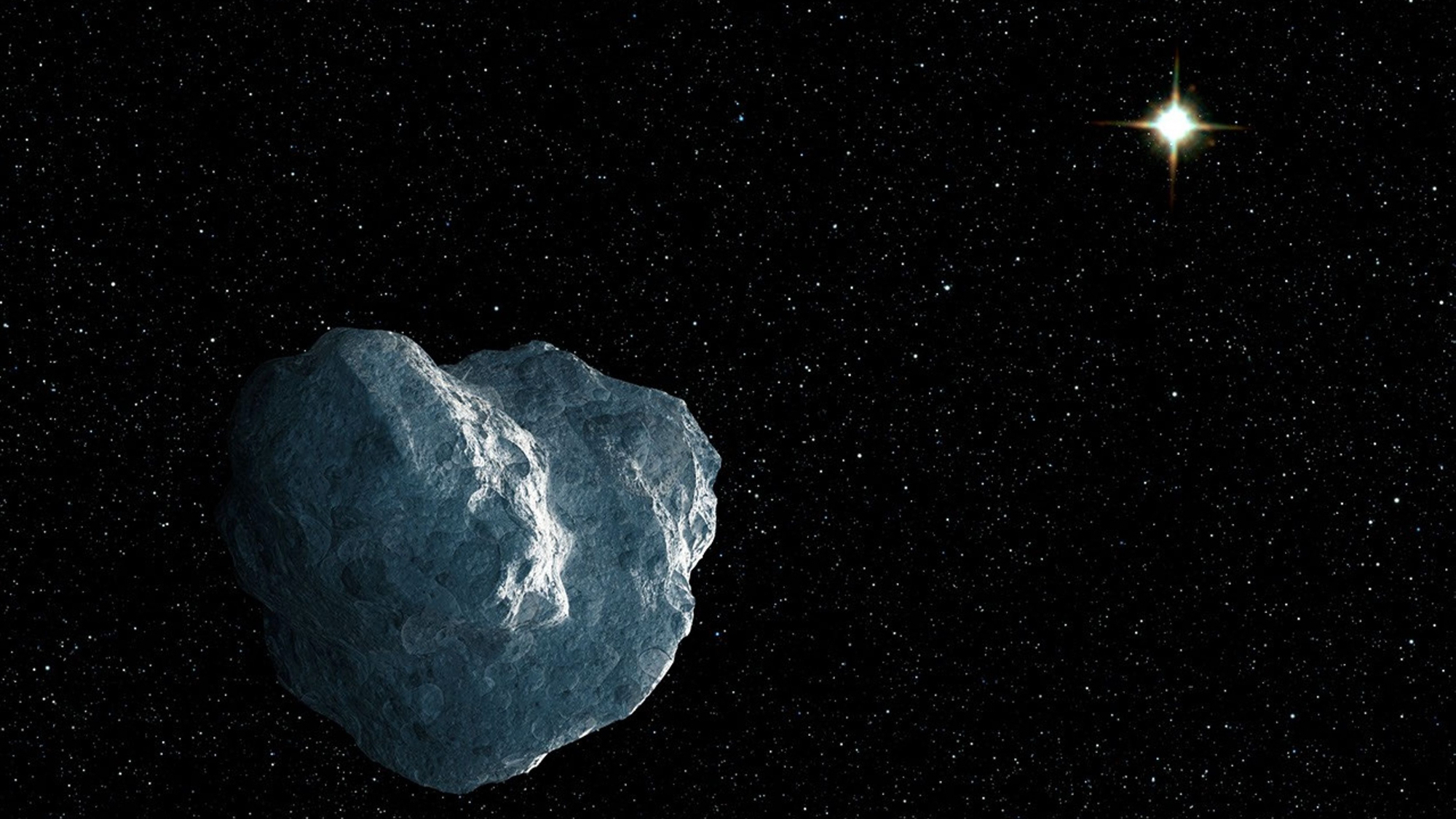New JWST observations of 'trans-Neptunian objects' could help reveal our solar system's past

In a distant corner of our solar system called the Kuiper Belt, icy bodies lurk in the darkness, orbiting our sun at vast distances. These ancient minor planets are called trans-Neptunian objects (TNOs), and they date back to the formation of the solar system . Researchers participating in the Discovering the Surface Compositions of Trans-Neptunian Objects program, led by the University of Central Florida (UCF), recently studied these dim objects using NASA's James Webb Space Telescope . Their work has revealed new information about surface ice methanol — a key building block for organic compounds necessary for life, including sugars — on TNOs. "Methanol, a simple alcohol, has been found on comets and distant TNOs, hinting that it may be a primitive ingredient inherited from the early days of our solar system — or even from interstellar space," former UCF professor Noemí Pinilla-Alonso, who now works at Spain's University of Oviedo, said in a statement . “But methanol is more than just a leftover from the past," Pinilla-Alonso added. "When exposed to radiation, it transforms into new compounds, acting as a chemical time capsule that reveals how these icy worlds have evolved over billions of years." The Webb observations identified two groups of TNOs: one with depleted surface ice methanol and one with subsurface methanol reservoirs. "What excited me the most was realizing that these differences were linked to the behavior of methanol — a key ingredient that had long been elusive on TNOs from Earth-based observations," said Pinilla-Alonso. "Our findings suggest that methanol is being destroyed on the surface of TNOs by irradiation, but remains more abundant in the subsurface, protected from this exposure." Get the Space.com Newsletter Breaking space news, the latest updates on rocket launches, skywatching events and more! Contact me with news and offers from other Future brands Receive email from us on behalf of our trusted partners or sponsors While this discovery might not provide all answers about the origins and development of TNOs, it certainly furthers our understanding of these distant icy bodies — and inspires more research.



















